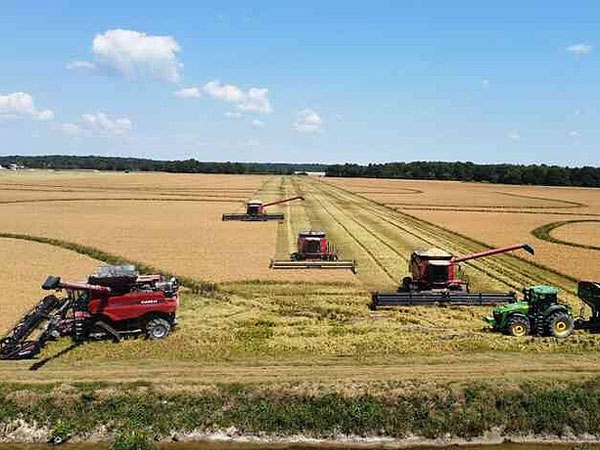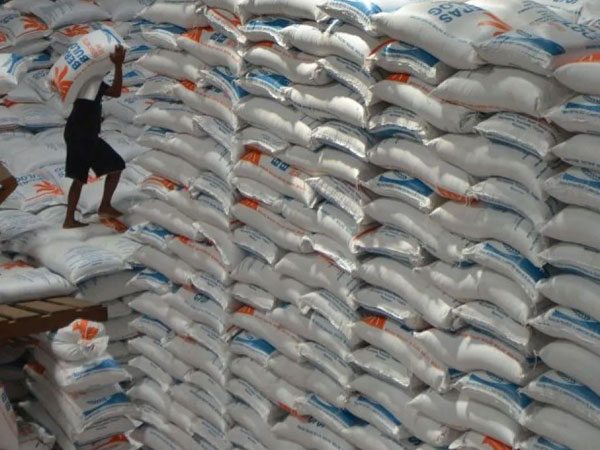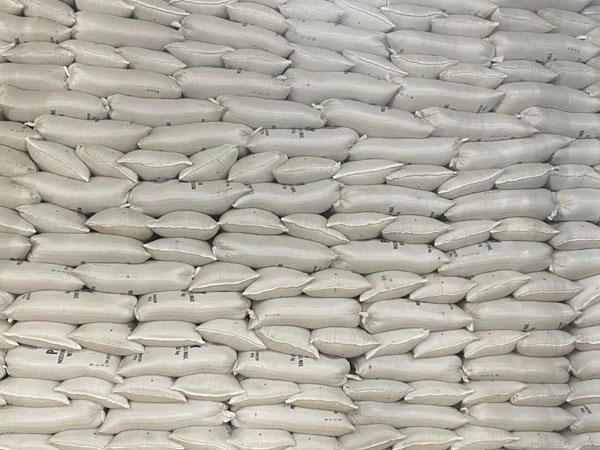 Fueled by hot, dry weather, Arkansas' rice harvest has caught fire.
Fueled by hot, dry weather, Arkansas' rice harvest has caught fire.
"Rice harvest took off last week in the heat wave," Scott Stiles, extension economics program associate for the University of Arkansas System Division of Agriculture, said of the week ending Sept. 12.
According to the National Agricultural Statistics Service, rice went from 39% harvested to 60% the week ending Sept. 19. This beats the five-year average by 18%.
"We're amazingly a long way into rice harvest barely halfway through September," said Jarrod Hardke, extension rice agronomist for the Division of Agriculture.
"These conditions have been excellent for harvesting with speed, but not without its drawbacks," Hardke said. "The changing temperatures -- from high to low and back to high -- have led to some rapid grain moisture drops which are impacting milling. Mostly our milling yields appear good, but they have become more variable, that is, up and down, through these temperature swings.
"Grain yields are likewise variable with some great highs and sorry lows -- not the performance we needed in an already difficult year," he said.
SOYBEANS
Soybeans took a good jump too, from 19% harvested the week of Sept. 12 to 25% harvested the following week. The five-year average is 13%.
"Soybean harvest is picking up speed as more of the soybean crop is maturing with the high temperatures we have had the past few weeks," said Jeremy Ross, extension soybean agronomist for the Division of Agriculture. "Later-planted fields could benefit with some rain, and many could be done with a good rainfall.
"Seed quality across the state is good so far," Ross said. "If we continue to be dry and have warmer-than-normal temperatures, seed moisture could decline rapidly. Farmers need to make sure seed moisture doesn't drop below 13% to avoid losing seed weight."
CORN
Corn, which was the front runner this harvest season, progressed from 71% the previous week to 85% the week of Sept. 19 -- well ahead of the 66% five-year average.
Jason Kelley, extension feed grains and wheat agronomist said that "corn harvest is quickly wrapping up across the state.
"In areas where rice is the predominate acreage, corn harvest is running a little behind as most producers have been concentrating on harvesting rice," he said. "With continued warm temps and dry weather, corn harvest should get closer to completion in the next two weeks."
COTTON AND PEANUTS
Cotton was officially at zero percent the week ending Sept. 19, but "some has been harvested around McGehee," Stiles said. "Lots of defoliant has been going out over the past few days."
The five-year average for cotton this time of year is 1%. Three percent had been harvested at this time last year.
Defoliating, or removing leaves from the cotton plants speeds harvest, reduces excess matter and staining of the bolls.
"We are very early in both the cotton and peanut harvest," said Zachary Treadway, extension cotton and peanut agronomist for the Division of Agriculture. "The extremely wet spring spread planting dates all over the board, and we have some cotton that has been picked, and we have some that is just about to receive the first application of defoliant, and everywhere in between.
"For our later-planted cotton that is trying to finish, the hot and sunny days are advantageous as opposed to the cooler temperatures we had a couple of weeks ago," he said.
"The same is the case with peanuts. We have some being harvested, and some that are still a couple of weeks from being dug, so that's roughly three weeks from harvest on those," Treadway said.
The National Weather Service at Little Rock was forecasting mostly sunny days with highs in the 90s through Sept, 18, when a chance for showers and thunderstorms was expected Sept. 19.
EYES ON THE MISSISSIPPI
While the dry weather may be a help for harvest, its effects on the lower Mississippi River levels is an increasing cause for concern for basis. Basis is the difference between a local cash price for a commodity, such as soybeans, and its futures contract price.
"We continue to watch the Mississippi River slide lower," Stiles said Sept. 16. "It is minus 5.7 feet at Memphis today. It's projected to be minus 8 feet by the 29th.
"Thus far, the low river levels have not severely impacted grain basis," he said. "Soybean basis on the Mississippi River yesterday was minus 22 cents per bushel and on par with recent years.
"We'll continue to watch this unfold as soybean basis may weaken as we get further into harvest," Stiles said.
Corn was faring somewhat better.
"Corn basis was zero," Stiles said. "Export demand for corn is really strong right now and well ahead of last year. That helps support basis."














© Copyright 2025 The SSResource Media.
All rights reserved.